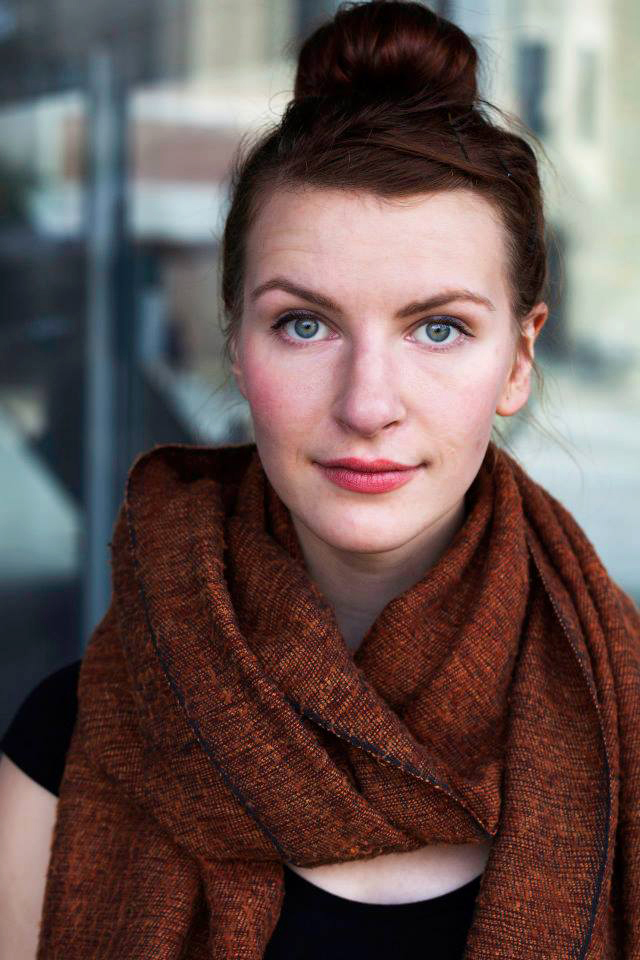Mixed emotions struck University of Manitoba students this week after the administration announced the campus will open its doors to in-person classes again for the first time in years. In a frenzy of excitement, I reminisced about the last time I was on a full campus — in regular fashion, I was getting a beer with friends at the Daily Bread Cafe when I read campus was closing due a new virus health experts were calling SARS-CoV-2. It would be open again in a couple weeks, I reassured myself. Now, here we are, a couple years later.
I imagined what it’d be like to be on campus for my last semester, finally able to wind down in my favourite cafes again. In just a few minutes, my excitement about the news wore off and abruptly turned into anxiety. The reality of the transition struck and the romantic idea of finally sipping a cold beer on campus again turned into a nightmarish panic. What if I catch COVID-19 and give it to my niece? Will unsettling the sedentary lifestyle I’ve become accustomed to exhaust my work habits? Everything seemed as uncertain as the day we were told classes would resume online at the beginning of the pandemic.
Are these anxieties ill-founded? Not really, considering almost a quarter of Manitoba’s active caseloads are due to exposures in the education system. For the past two years, in-person classes have acted as a hotbed for COVID-19, and politicians casually brushed this aside in the midst of Manitobans’ discontent. Now the administration is talking about in-person classes for the largest education centre in Manitoba. A staggering 30,000 people attend the U of M — not even the most organized efforts will be able to stop transmission. This is a whole different monster than addressing a couple thousand kids in a high school.
Granted, all of the students attending in person have to be vaccinated, and the U of M likely has more disposable resources than most institutions in the public education system. However, the question is whether the U of M is willing to use these resources. The recent labour dispute with the University of Manitoba Faculty Association is a miserable reminder our administration is frugal to a fault. Unfortunately, the students and professors who make the university’s gears turn are the same people who aren’t getting the attention and investment they deserve. These very people will be launched back into in-person classes with little choice but to drop them if they feel unsafe.
Worse yet, many students will be forced to move on short notice. The rental market will no doubt be flooded with panicked students trying to find a place to stay before classes resume — a perfect opportunity for predatory landlords who want to dip into the shallow pockets of desperate students. Moving on a dime comes with consequences for international and rural students. Trust me, I’ve been there.
Years ago, I had the opportunity to attend Deakin University in Melbourne, Australia. However, I was called home for a family emergency. Fearing the passing of my second brother, I booked a flight and gave myself just enough time to close all of my accounts and work something out with the university so I could finish my semester from Canada. I advised my landlord of the situation and noted I did not know if I’d return. Victoria state law reasons that any circumstance out of a tenant’s control, like unforeseen hardships, provides justification for terminating a lease agreement early. However, my landlord, knowing I couldn’t challenge him in court, told me I had three days to find someone to fill my vacancy or I’d lose my deposit. The process of uprooting my entire life made this task impossible. I lost thousands of dollars and my landlord likely filled the room weeks after. Meanwhile, I was strong-armed into playing the tragic game of financial catch-up most students know all too well.
The U of M is negligently exposing students to unpredictable circumstances like this. Desperation is exploitation’s villainous companion.
Fortunately, there are ways to solve this problem. Instead of declaring a class will resume in-person with little choice but to drop it if students feel unsafe, the university should leave room for agency.
Administration should consider making classes hybrid attendance for those who need time to find a rental or continue to feel stressed about their wellbeing. This isn’t impossible. In fact, many universities adopted hybrid attendance systems even before the pandemic. For example, in-class and digital attendance on any given day was optional for just about every class I took at Deakin. This meant if you had a conflict with work, needed to pick up a shift to pay rent or simply needed a few extra hours to complete another assignment, you could choose to attend digitally those days to make room for your life outside of the classroom. Various universities have adopted this measure in order to accommodate changing socio-economic conditions of students. Traditional methods of education simply don’t cut it these days.
With the health crisis being drawn out and the likelihood of eradicating COVID-19 next to null, the U of M will be forced to change its education structure sooner or later. The first step toward providing a more flexible and accommodating education system should be investing in tangible supports for educators and students. However, it is critical to drop all preconceived ideas about how education should be delivered. Although it appears the administration enjoys shooting itself in the foot recently, it will continue to sabotage itself if it doesn’t approach change with resolve. Classes shouldn’t be online, and they shouldn’t be in-person, either — they should be both. The changing world around us demands it.





